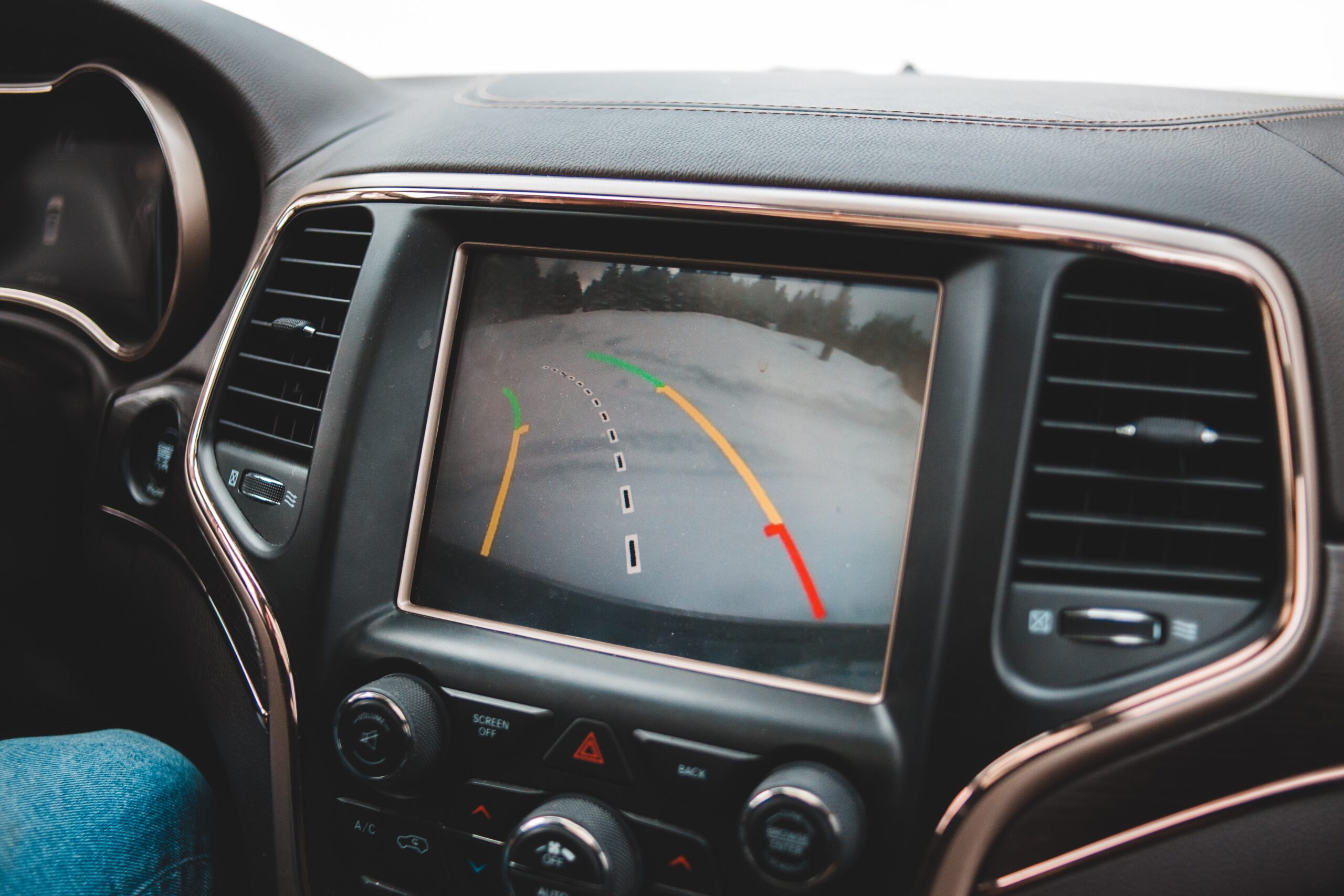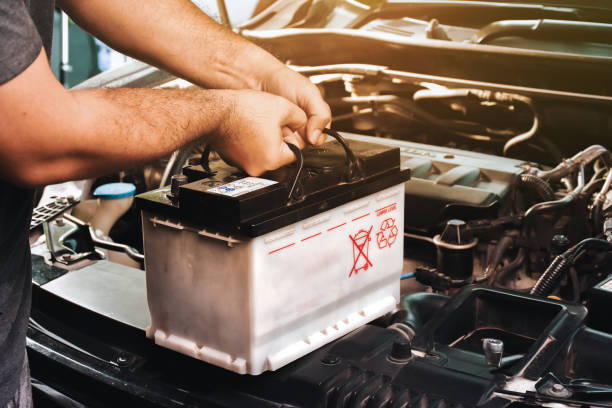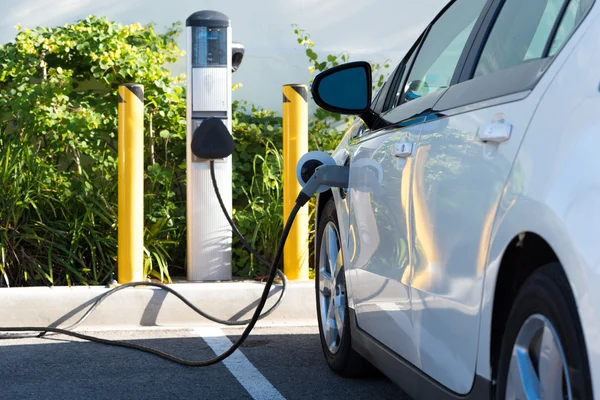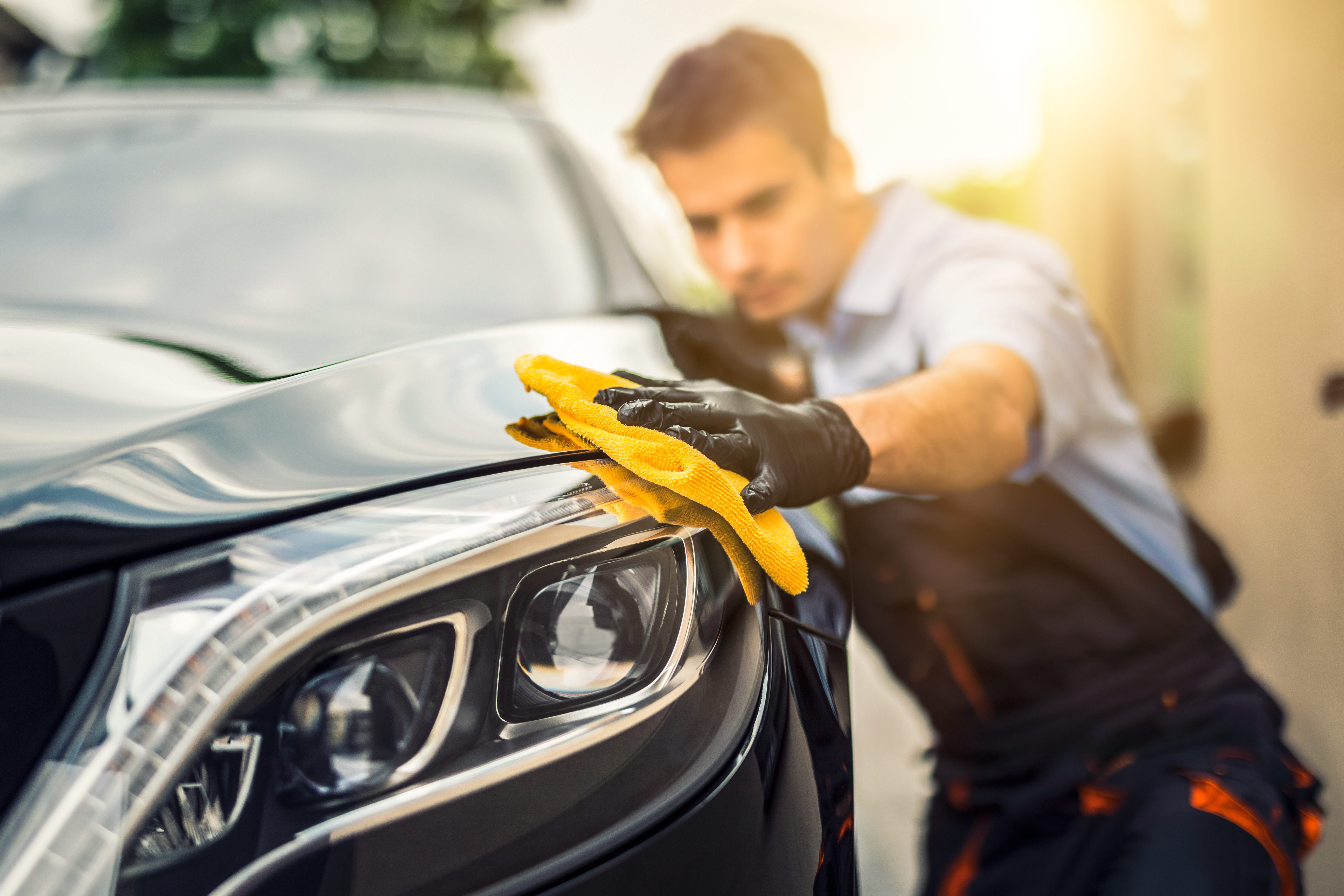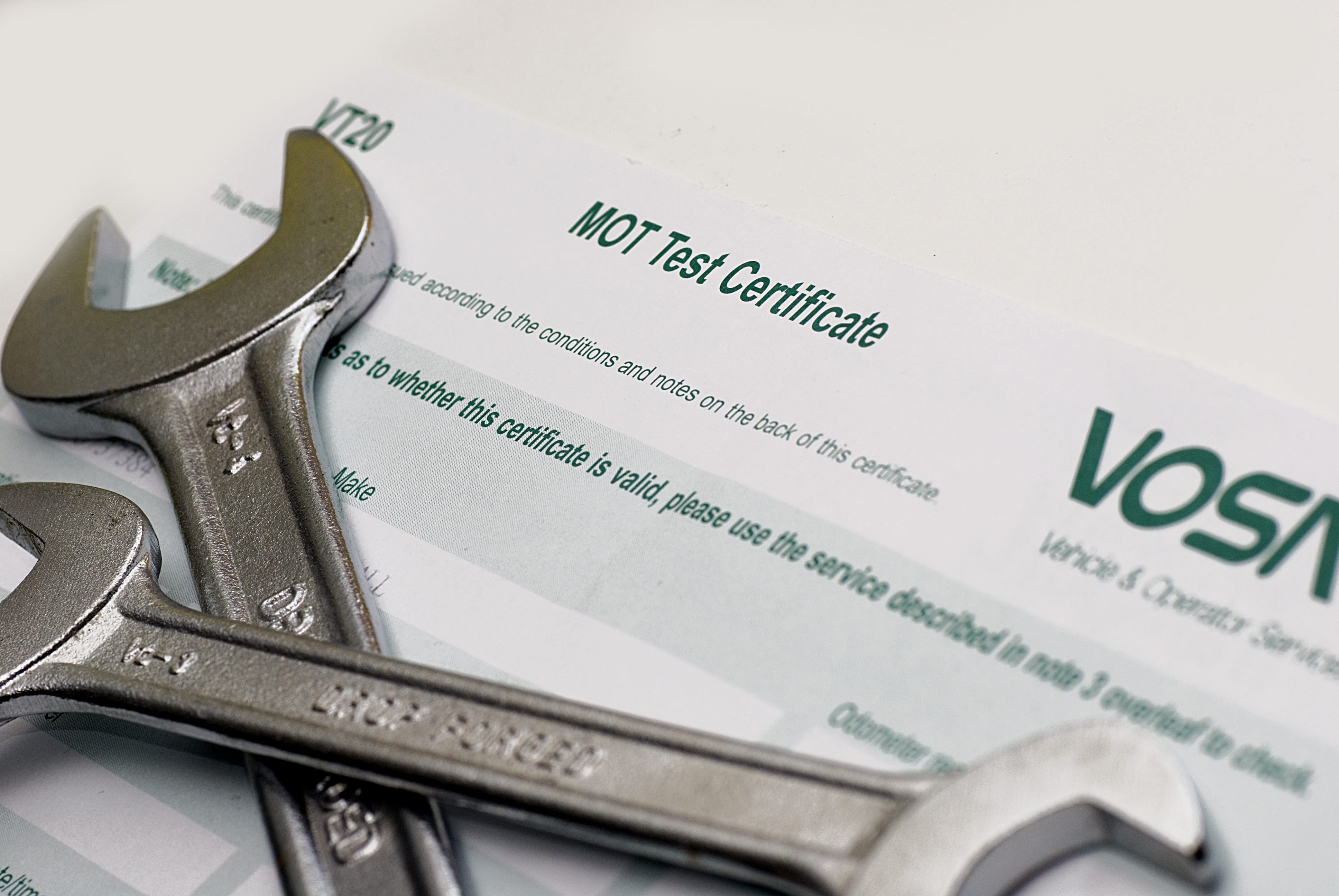

Buying your first used electric vehicle (EV) doesn’t have to be a daunting task. With the right information, you can navigate the process with ease and avoid common pitfalls.
This comprehensive guide is designed to help first-time buyers understand the key factors involved, from evaluating the vehicle’s history to determining charging options and costs, ensuring you make a confident and informed decision. Whether you’re looking for affordability, sustainability, or convenience, this guide will set you on the right path to owning a used EV.
Can You Charge It?
Charging accessibility is one of the most critical factors in determining if an EV is right for you. If you can install a home charging station, you’re well-positioned for EV ownership, as home charging is not only convenient but also the most cost-effective option.
Additionally, public charging points near your home, workplace, or frequently visited locations can provide flexibility and support your daily driving needs.
However, if you don’t have consistent access to either home or public charging, an electric vehicle may not be the best option, as reliable charging is essential for a smooth ownership experience. Carefully evaluate your charging possibilities before making a decision.
How Much to Install EV Charger
Installing a home charging point generally costs between £800 and £1,000, but there are ways to reduce this expense. Some energy suppliers offer EV-specific tariffs that may include a home charger, helping to offset or even cover the upfront installation costs.
Additionally, if you’re purchasing an approved used EV, it’s worth checking with the main dealer, as they often offer bundles that include a wall box charger as part of the deal. Taking advantage of these options can make the transition to electric vehicle ownership more affordable and convenient.
What Type of Electric Car Do You Need?
When choosing an electric vehicle, it’s important to consider your driving habits—specifically, how far you typically drive, how frequently, and how much space you need. Modern EVs can offer impressive ranges of over 300 miles on a single charge, making them ideal for long-distance driving or daily commutes.
However, older models tend to have shorter ranges, often around 100 miles, which can still be a practical and cost-effective option if you don’t require an extended range or travel less frequently. By assessing your daily driving needs, you can select an EV that suits both your lifestyle and budget.
How Much Does an EV Cost?
The cost of an electric vehicle (EV) can vary widely depending on factors such as the make, model, age, and range of the car. New EVs typically have higher upfront costs than traditional petrol or diesel vehicles, with prices starting around £25,000 for basic models and going well over £60,000 for luxury options.
However, used EVs have become much more affordable in recent years. In fact, data shows that three-year-old EVs are, on average, 8.7% cheaper than their petrol and diesel counterparts, making them a competitive option for budget-conscious buyers.
In addition to the vehicle’s price, you’ll also want to consider the long-term savings EVs can offer. Electric vehicles are cheaper to maintain and operate, with lower fuel costs and fewer moving parts that need servicing. Government incentives, such as grants or tax breaks, may also be available to reduce the purchase price or installation costs for home charging stations, further enhancing the affordability of an EV.
Check the Vehicle’s History
Obtaining a Car History Report is essential when purchasing a used EV. This report provides critical information about the vehicle, including any issues flagged by finance and insurance companies, the DVLA, the Police, and other regulatory bodies. It helps you avoid potential problems by revealing hidden issues like outstanding finance, previous accidents, or stolen status.
Additionally, the report includes a Total Cost of Ownership (TCO) estimate, giving you a clear picture of the vehicle’s expected running costs over the next three years. To get started, visit: RAC Car Data Check.
Is the Battery Covered?
Manufacturers typically provide a separate warranty for the EV battery and its related components in electric vehicles, often lasting up to eight years or around 100,000 miles. This warranty generally guarantees that the battery will retain at least 70% of its capacity over that period, offering peace of mind regarding long-term performance.
When buying a used EV, it’s crucial to verify the vehicle’s service history to ensure that the warranty is still valid and that the battery has been properly maintained. Regular servicing and care are often required to keep the warranty intact, so be sure to review the records carefully before finalising your purchase.
Take a Test Drive
Test driving a used EV is an essential step, especially if you’re new to electric vehicles. The driving experience is noticeably different from petrol or diesel cars, with instant torque providing rapid acceleration and a much quieter, smoother ride.
To get a true feel for the vehicle, aim for the longest test drive possible, ideally covering various road types and speeds. This will allow you to assess the car’s handling, comfort, and overall performance in different conditions. Pay attention to features like regenerative braking and how the battery performs during your drive. A thorough test drive will give you confidence in your decision and help ensure the car meets your needs.
Should I Buy an EV?
Owning an EV can provide a reliable, enjoyable, and cost-effective experience, but it’s important to be well-informed before making your purchase. Before you begin your EV journey, start with a comprehensive Vehicle History Check to ensure you have all the critical information about the car’s past.
This check will reveal any potential red flags, such as outstanding finance, previous accidents, or service history gaps, helping you avoid costly surprises down the road. Armed with this knowledge, you can make a confident and informed decision, ensuring the EV you choose is the best fit for your needs and budget.




